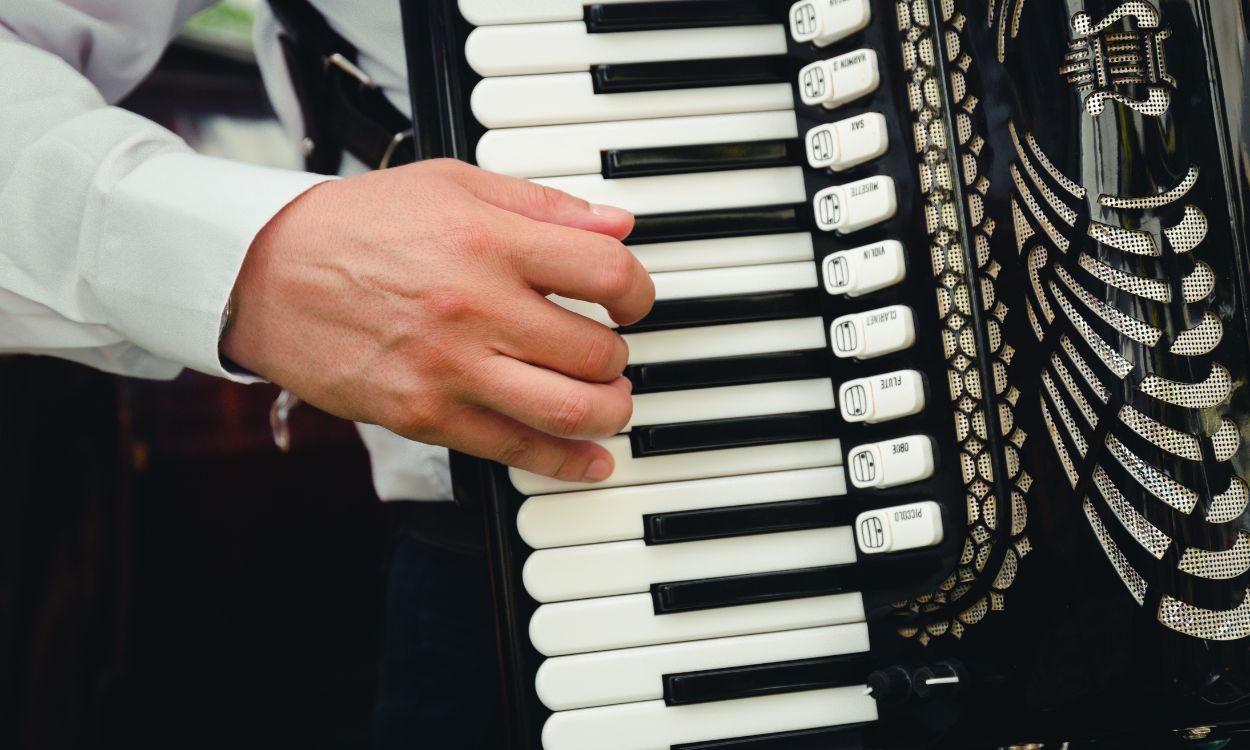On the outside, your accordion seems strong and indestructible. Fortunately, however, you know that it is highly sensitive instead. To keep it feeling comfortable, sounding its best, and giving you the ideal playing experience, there are a few things to keep in mind. Here are our 11 accordion tips:
Accordion tips: Robust instrument with sensitive components
The accordion is a mechanically complex marvel. We can marvel at that or take it for granted. In any case, you should know and pay attention to it. Anything that is manufactured in a complex way always has neuralgic points and components that could react sensitively to external influences. The problem with the accordion, however, is that you can hardly see this existing sensitivity on the outside. Instead, it appears to be robust and unshakably sturdy.
1. Avoid vibrations at all costs
A fallacy; after all, there are hundreds of delicate components inside. This begins with the soundposts and does not end with the bass and register mechanics. This advice of the accordion tips is therefore: Avoid vibrations during transport as well as when putting the instrument down. This applies equally to the “naked” accordion and the “packed” instrument in the case or gig bag.
2. Do not make a junk room out of the accordion case
And that brings us to the next topic. The accordion case is often filled with all kinds of utensils because it’s so practical. However, these are often things that really have no place in it. Sheet music and the like are not the problem. They are not sharp-edged or hard.
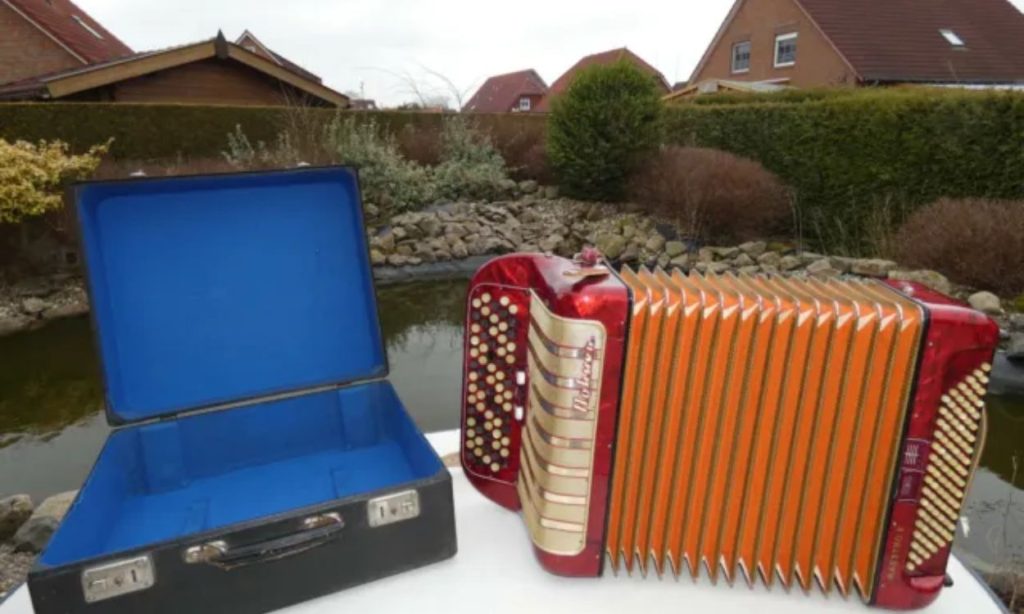
The situation is quite different, however, with music stands, small desk lamps and other hard objects. These have the unpleasant potential to leave scratches on the body or keys. It’s also better not to put small parts in your suitcase or gig bag. Our next tip with the accordion tips: Let the instrument have its own home, where it can feel safe and secure.
3. Make sure your outfit is free of metal and edges
Okay, we’ve taken care of the accordion extensively. Now it’s your turn. One of the biggest dangers to the instrument is yourself. We are talking about your clothes. It’s easy to understand that you’ve been working on your cool outfit for a long time, and we certainly don’t want to put you off. The stylish belt, the hoodie with fat zippers, the must-have piece with flashing buttons, at worst even made of metal.
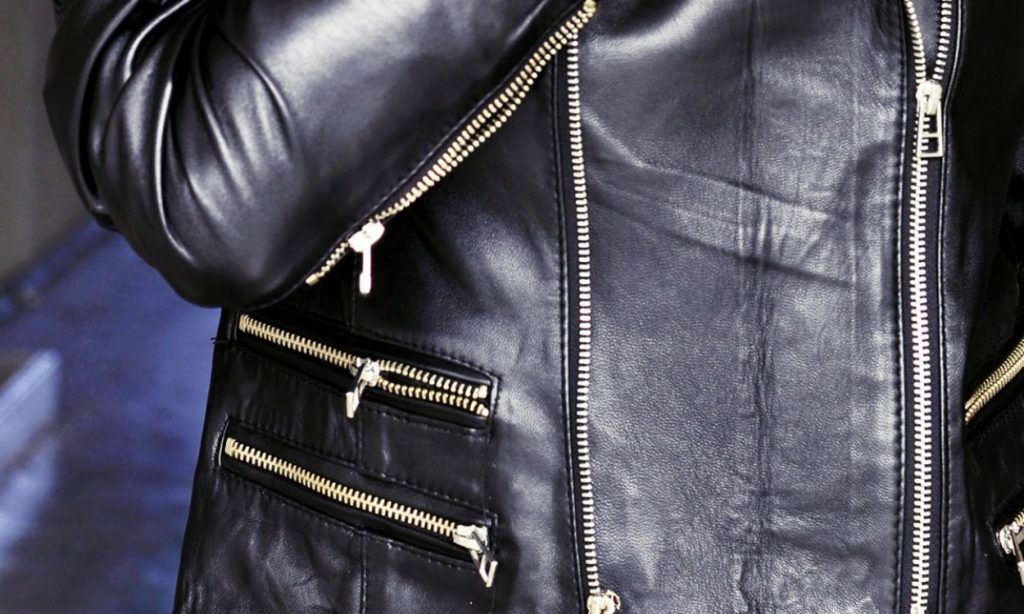
It looks cool, but your instrument doesn’t like it very much. It may be more robust on the outside than an acoustic guitar, for example. Nevertheless, it does not like hard objects, especially since these could lead to unsightly and also value-reducing scratches. So this important accordion tip is to make sure you don’t carry anything on you that could damage the instrument.
4. Avoid strong temperature fluctuations as far as possible
A highly important issue for your accordion to enjoy good health for a long time is that of ambient temperatures and room climate. The accordion tips would be incomplete if we did not point this out with appropriate urgency. Your instrument reacts huffily to allergic to strong temperature changes.
As far as possible, you should avoid exposing your treasure to such extreme fluctuations. Unfortunately, this cannot always be avoided. For example, in winter, when you have to go to lessons, a performance or a concert with the accordion orchestra in sub-zero temperatures.
5. Acclimatize carefully and allow for warm-up time
Before you can play, the instrument must be accustomed to room temperature and climate. Ideally over several hours, but in many situations this is not really realistic. After all, you’re hardly going to show up for accordion lessons at 10:00 am if the lesson doesn’t start until 3:00 pm.
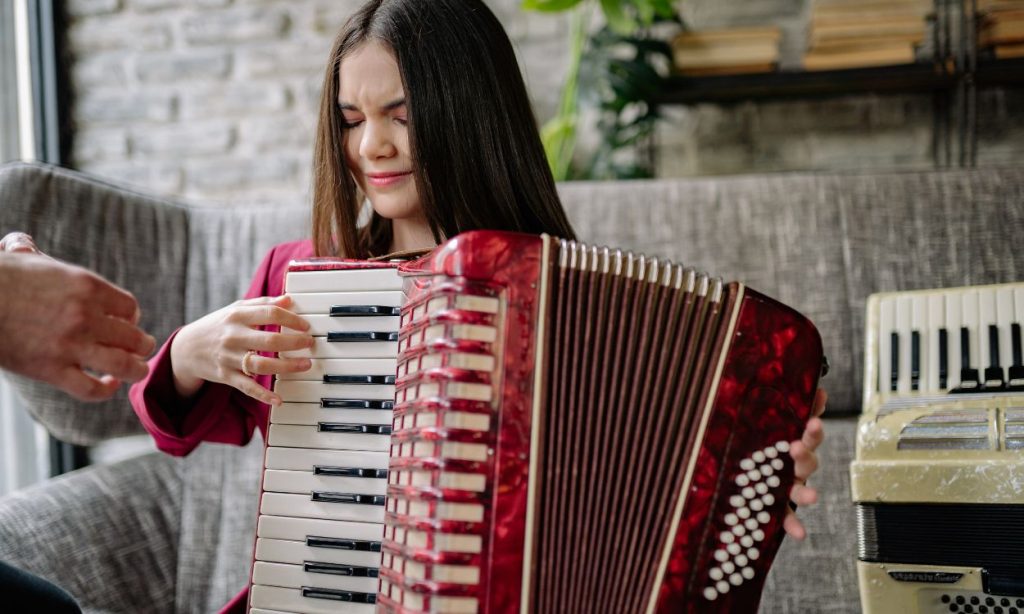
At the very least, you should give the instrument a rest period of about half an hour. You take it out of the case and just let it rest. Only after about 30 minutes do you start – to put it sportingly – with the warm-up phase. The next of the accordion tips: Be on time for your musical appointments and allow for warm-up time.
See Also:
6. Remove moisture from the inside
And already the warm-up begins. Let’s first try to understand the meaning behind it. Before the athlete starts to peak performance, he must warm up sensibly, which means for him to prepare muscles, tendons and ligaments, joints and the entire musculoskeletal system for the load and thereby minimizes the risk of injury.
With the accordion, warming up has a fundamentally different meaning, but ultimately the same objective. Due to the temperature fluctuations, there is a high probability of slight moisture in the instrument. This must come out. The goal here is also to avoid “injuries”.
7. When warming up the instrument, make sure it is at room temperature
Now, logically, you can’t hang the squeeze on a clothesline or throw it in the dryer. Using a hair dryer is also not a sensible option, especially since the escaping air would be too dry and too hot in hot mode. None of this is necessary. Instead, the accordion has everything you need right on board.

You press as many keys as possible at the same time and press the bellows open and closed several times, extensively and carefully at the same time. This draws warm – and thus dry – air into the accordion. The heated air inside dries the sensitive components. High humidity or, conversely, excessively dry room air are also natural enemies of the squeezer.
8. Do not store in the summer trunk
In the accordion there are not only components made of metal that could corrode when exposed to moisture, and others that could warp when exposed to immense temperature fluctuations. Rather, there are quite a few substances and compounds that are highly susceptible to heat.
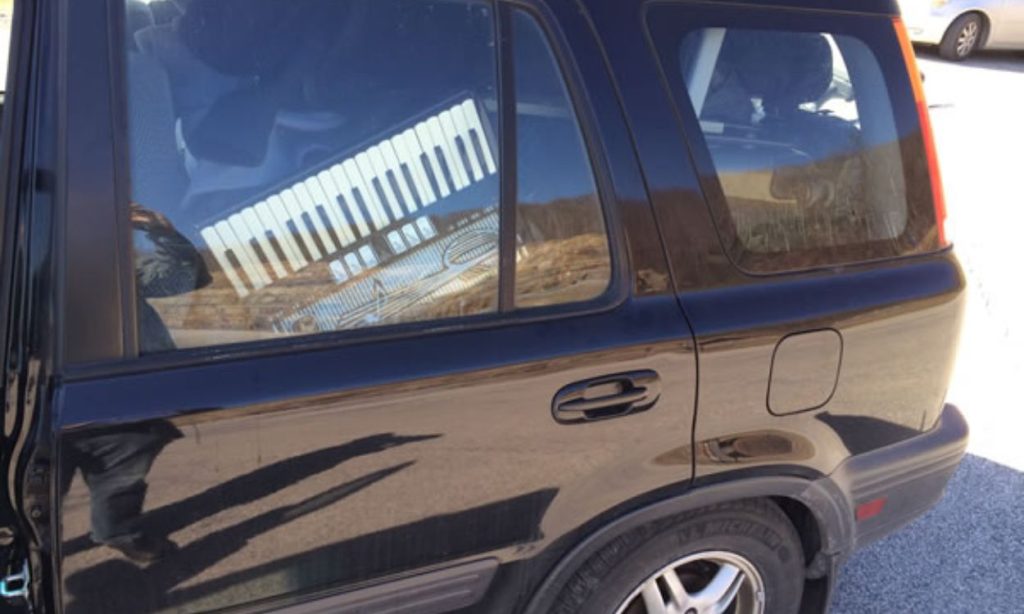
For example, the reedplates are attached with wax. It is easy to imagine what could happen if the instrument, and thus also the wax, had to withstand particularly high temperatures. The wax becomes soft, and in the worst case, it liquefies. It can no longer maintain the absolutely necessary bond.
From 80 degrees, it becomes critical. Now you’ll cheerfully wave it off, thinking that such temperatures don’t exist in everyday life away from the stove and grill anyway. Well, unfortunately you thought wrong: Have you ever thought about how hot it can get in the trunk of a parked car in high summer? Among the accordion tips is the advice not to expose the instrument to extremely high temperatures. Otherwise, it will simply melt away.
9. Make sure that the ambient air is reasonable and as clean as possible
The assumption that air is clean is a fallacy. We are constantly surrounded by particles whizzing around. Not only allergy sufferers with hay fever know a thing or two about this. Pets are – for the most part – cute, but cat or dog hairs, for example, can not only kill the fan in your laptop or PC.
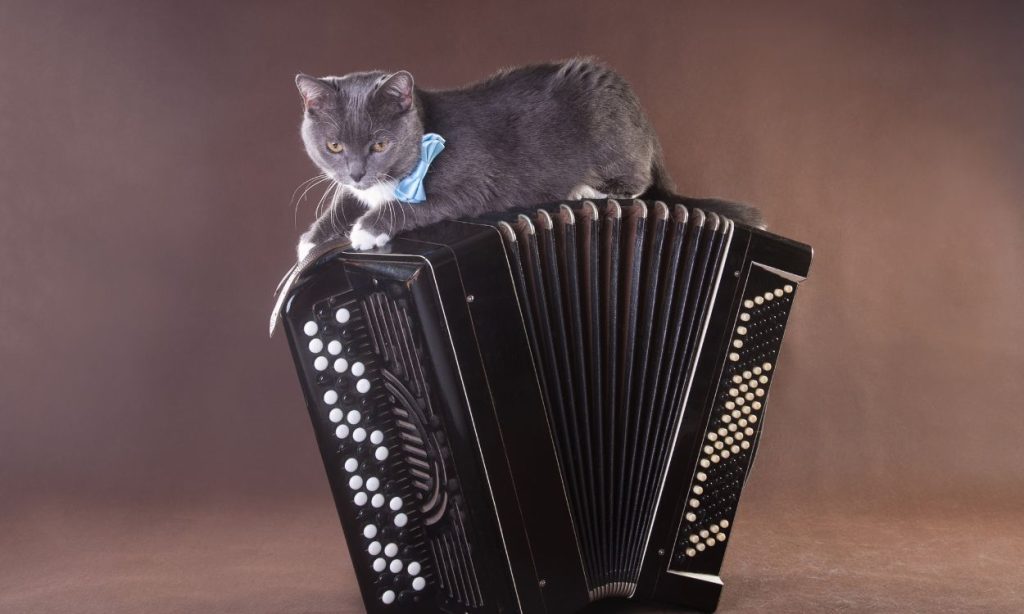
Vapors produced during cooking smell wonderful, but cause buildup. It’s not for nothing that extractor hoods exist, and it’s by no means without reason that their filters have to be replaced at some point. In an environment where you know that there is a lot of animal hair in the air, for example, you should rather not play the accordion.
10. Regular service technician for all-round spring cleaning
Now, it is a basic functional condition of the accordion that air is sucked in through the comb. Consequently, there are also numerous particles, most of which are invisibly small. This cannot really be reliably avoided. Over a long period of time, the particles accumulate as deposits inside, whereby the term “accumulate” is chosen quite deliberately.
As soon as these deposits become too strong, for example on the reeds, they can cause massive difficulties. The instrument sounds out of tune as soon as deposits become a mechanical resistance. At some point, nothing works at all. One of the most important accordion tips: At least once a year, an all-round spring cleaning should be carried out, preferably by an expert service technician.
11. Mandatory program regular cleaning
However, this is not a free pass to not take care of the instrument otherwise. Regular cleaning of all components to which you have access is a must in order to keep the accordion in good shape. After each playing session, you should meticulously wipe the keys and buttons, as well as the surfaces, with a lint-free cloth.
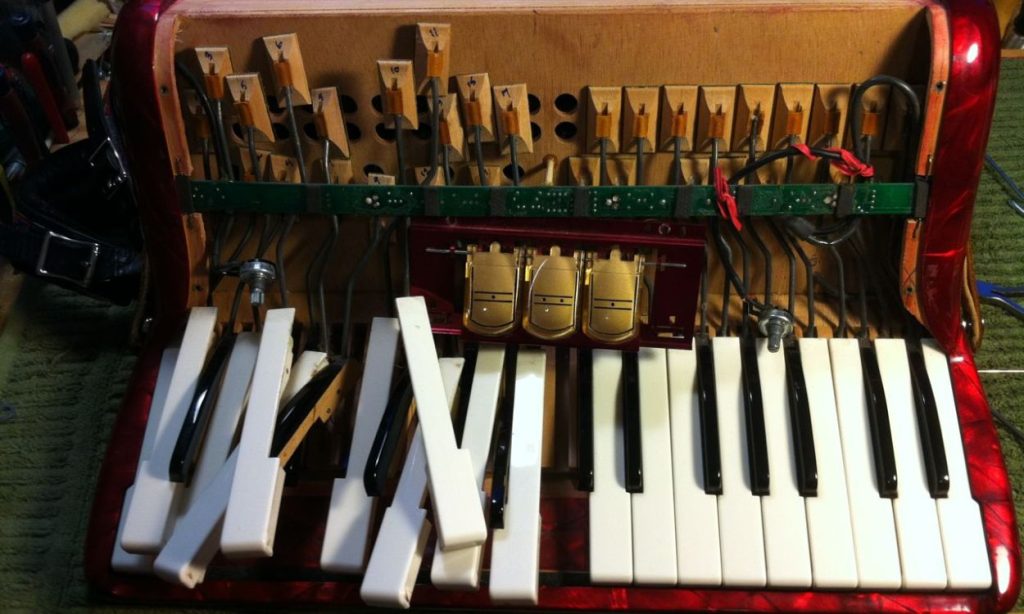
Sweat and co. have to go away, for hygienic and aesthetic reasons and so that the instrument does not suffer. If the keys slowly become rancid due to sweat deposits, it becomes disgusting. If sweat and other sometimes aggressive residues are not removed from the surfaces of the accordion, it can attack the surfaces. That’s it for the shine. So that you can continue to shine musically, clean and care for your treasure meticulously, in good time and regularly.

